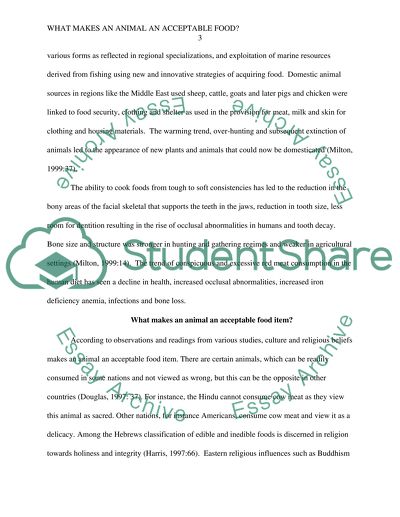Cite this document
(“For some people, monkeys, dogs, donkeys, termites, and grasshopper are Essay”, n.d.)
For some people, monkeys, dogs, donkeys, termites, and grasshopper are Essay. Retrieved from https://studentshare.org/anthropology/1491043-for-some-people-monkeys-dogs-donkeys-termites-and
For some people, monkeys, dogs, donkeys, termites, and grasshopper are Essay. Retrieved from https://studentshare.org/anthropology/1491043-for-some-people-monkeys-dogs-donkeys-termites-and
(For Some People, Monkeys, Dogs, Donkeys, Termites, and Grasshopper Are Essay)
For Some People, Monkeys, Dogs, Donkeys, Termites, and Grasshopper Are Essay. https://studentshare.org/anthropology/1491043-for-some-people-monkeys-dogs-donkeys-termites-and.
For Some People, Monkeys, Dogs, Donkeys, Termites, and Grasshopper Are Essay. https://studentshare.org/anthropology/1491043-for-some-people-monkeys-dogs-donkeys-termites-and.
“For Some People, Monkeys, Dogs, Donkeys, Termites, and Grasshopper Are Essay”, n.d. https://studentshare.org/anthropology/1491043-for-some-people-monkeys-dogs-donkeys-termites-and.


